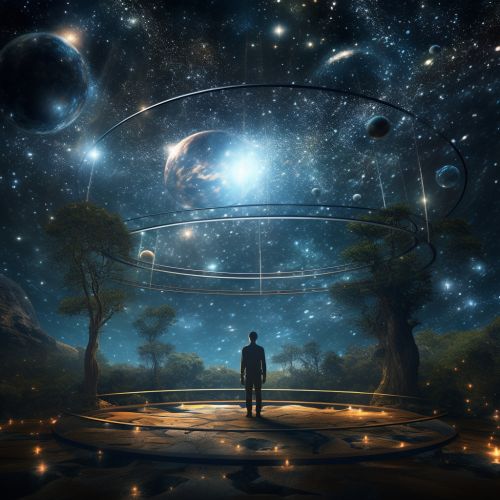The Physics of Quantum Holography
Introduction
Quantum holography is a branch of quantum physics that combines principles of quantum mechanics and holography. It is a theoretical framework that provides a quantum mechanical description of black holes and has implications for the nature of quantum gravity and the quantum information theory.
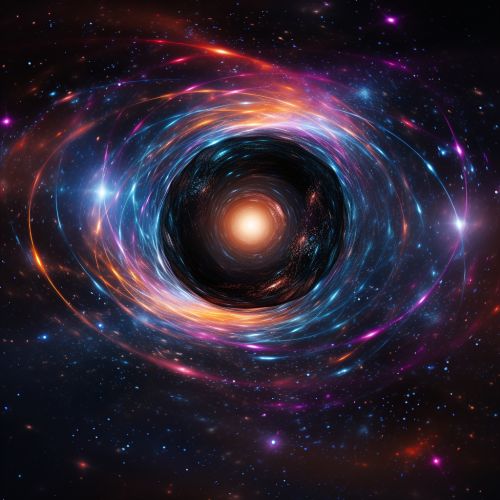
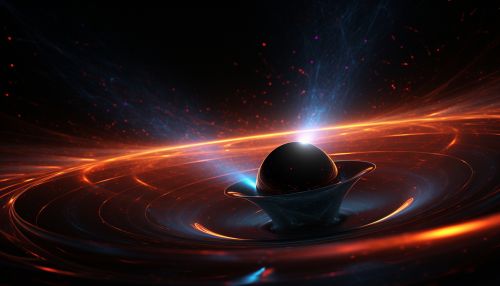
Quantum Mechanics and Holography
Quantum mechanics is a fundamental theory in physics that describes nature at the smallest scales of energy levels of atoms and subatomic particles. It introduces concepts such as wave-particle duality, quantum superposition, and quantum entanglement.
Holography, on the other hand, is a technique that records the light scattered from an object and presents it in a way that appears three-dimensional. It is based on the principles of interference and diffraction and the coherence properties of light.


Theoretical Background
Quantum holography was first proposed in the context of the black hole information paradox, a puzzle resulting from the combination of quantum mechanics and general relativity. The paradox arises from the fact that information about the matter that has fallen into a black hole appears to be lost, contrary to the principles of quantum mechanics, which state that information must always be preserved.
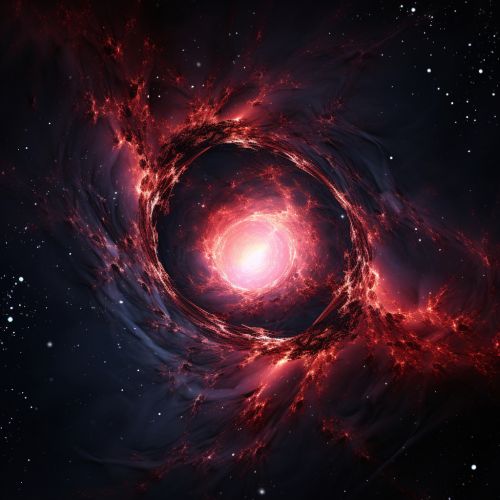
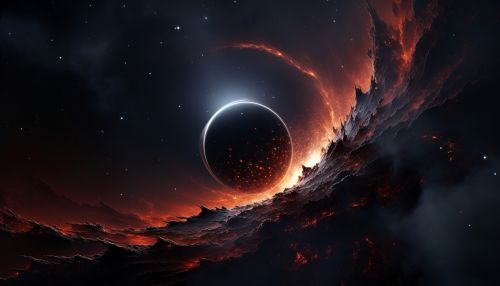
Principles of Quantum Holography
The theory of quantum holography proposes that all the information about a black hole is encoded on its event horizon, the boundary beyond which nothing can escape the gravitational pull of the black hole. This concept is known as the holographic principle.
Quantum holography also introduces the concept of holographic entropy, which is a measure of the amount of information that can be stored on a given surface area. This concept is closely related to the Bekenstein-Hawking entropy, which describes the entropy of a black hole in terms of its surface area.
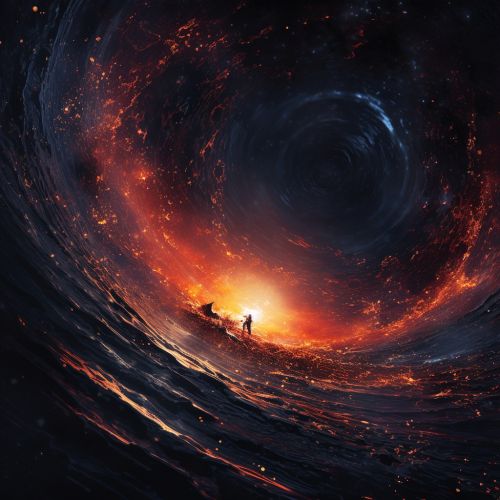
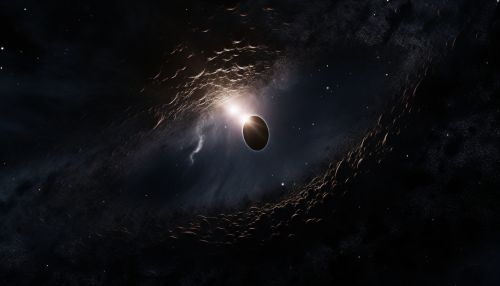
Applications and Implications
The theory of quantum holography has profound implications for our understanding of the universe. It suggests that the three-dimensional world we perceive might be a holographic projection of information encoded on a two-dimensional surface. This idea has been extended to propose that the entire universe might be a giant hologram, a concept known as the holographic universe theory.
